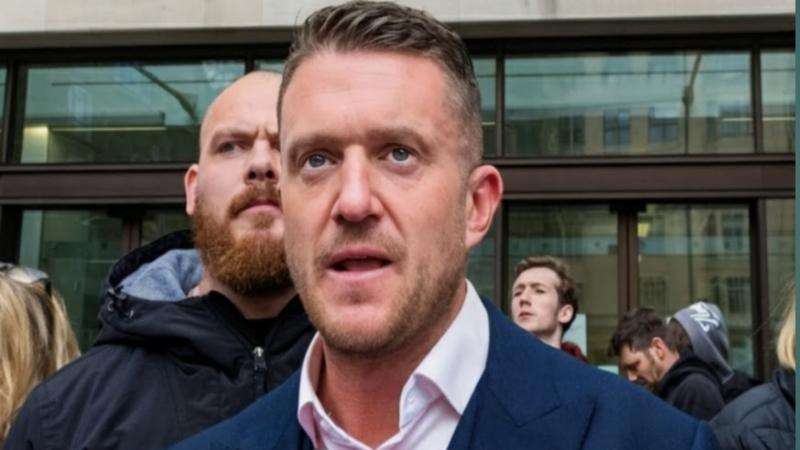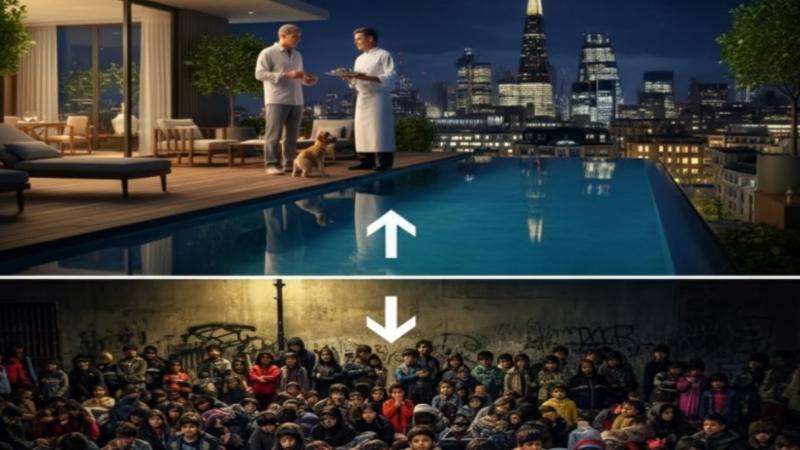At least 18 people have died and around 800 others were injured following a massive explosion at Iran's largest commercial port, Shahid Rajaee, near the southern city of Bandar Abbas, officials said.
The blast occurred on Saturday morning, shattering windows, ripping roofs off nearby structures, and wrecking vehicles. Residents reported feeling the shockwave as far as 50km (31 miles) away.
Videos verified by the BBC show a fire escalating before a tremendous explosion, after which people fled in panic, with many lying injured among smoking debris scattered across roads.
"I don’t remember if I ducked under the table or if the blast threw me there," one witness told Iranian state TV, describing the scene inside a smoke-filled, ash-covered warehouse.
Aerial footage revealed fires burning in at least three separate areas. Iran’s interior minister later confirmed that the flames were spreading from one container to another. Authorities ordered all schools and offices in the region to close on Sunday.
Private maritime risk consultancy Ambrey Intelligence suggested the fire likely stemmed from the mishandling of solid fuel shipments meant for ballistic missiles. Ambrey also noted that an Iran-flagged vessel had delivered sodium perchlorate rocket fuel to the port in March 2025, and cited earlier reports from the Financial Times about fuel shipments arriving from China.
State media, quoting witnesses, said the explosion followed a fire that ignited containers filled with flammable materials. Customs officials later stated the blast most likely started in a depot storing hazardous chemicals.
Ambrey further reported that Iran’s National Disaster Management Organisation had previously warned Shahid Rajaee port about chemical storage safety issues.
Shahid Rajaee is a vital terminal for Iran, located near the Strait of Hormuz — a key oil shipping route — and about 20km west of Bandar Abbas, home to Iran’s main naval base. However, Iran’s national oil company confirmed that the explosion had no impact on oil refineries, fuel tanks, or pipelines in the area.
Iranian President Masoud Pezeshkian expressed sorrow for the victims and announced a government-led investigation, dispatching the interior minister to oversee the response.
The blast coincided with ongoing US-Iran negotiations over Iran’s nuclear programme, mediated by Oman. While both sides reported progress, Iran’s chief negotiator emphasized that more work was needed. Talks are set to continue next week.
Iran has indicated willingness to accept some nuclear restrictions in exchange for relief from sanctions, but maintains it will continue enriching uranium, insisting its programme is intended solely for civilian purposes.
These negotiations represent the first high-level dialogue between Washington and Tehran since 2018, when then-President Donald Trump withdrew the US from the previous nuclear deal and reimposed sanctions on Iran.



_2.jpg)
_3.jpg)



.svg)

